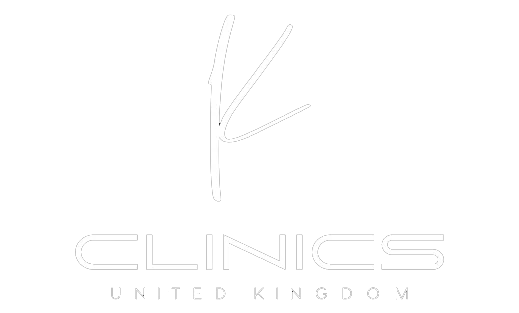Orthodontic Retainers: Are They Necessary After Braces?

Most people believe that orthodontic treatment ends the moment braces are removed or the aligner course is completed. Patients feel pleased with their straight smile at this point and expect the effects will last a lifetime. But the most crucial stage, the retention phase, which is sometimes undervalued, starts immediately after active alignment.
The teeth continue to be unstable after braces are taken off. The surrounding tissues, ligaments, and bone have not yet adjusted to their new placements. If no additional measures are taken, the teeth may gradually shift back to their original positions — a phenomenon known as relapse. In order to stabilize the results and stop undesired tooth movement, your orthodontist will recommend retainers.
What Are Retainers?
Special orthodontic equipment called retainers are made to keep teeth in their new positions following active treatment. Their primary objective is to stop the teeth from moving back.
There are mostly two kinds:
- Removable retainers are clear trays that resemble aligners or appliances that resemble plates that are worn and removed on their own.
- Fixed retainers — a thin wire bonded to the inner surface of the front teeth (usually canine to canine). These are worn all the time and are unnoticeable when speaking.
Why Should You Wear Retainers After Braces?
It takes time for the bone structures, ligaments, and roots of the teeth to settle once they have been relocated into a new position. Relapse is the tendency for teeth to revert to their previous position in the absence of further support.
Key reasons to wear retainers:
- Particularly in adult patients, teeth “remember” their prior locations.
- Soft tissues and bones require time to adjust.
- You can continue to develop your jaw and adjust your bite throughout your 20s and 30s.
- Unwanted tooth movement can be caused by bad behaviors (such as grinding or pushing the tongue).
How long should I wear retainers?
You should always talk to your orthodontist about this as it differs from person to person. However, general recommendations are:
- For the first 6 to 12 months following braces removal, retainers should be worn every day, for 20 to 22 hours a day if they are detachable, or for the rest of the time if they are fixed.
- Later: removable retainers can be worn only at night, preferably for at least 1–2 years.
- For five to ten years, or longer if necessary, fixed retainers can be worn.
Some patients wear retainers for life — and that’s perfectly normal and even advisable in cases of high relapse risk
How to Properly Care for Retainers
Retainers must be carefully and consistently cared for in order to work as well they can and last as long as feasible.
Caring for Removable Retainers:
- Cleaning every day: After every usage, carefully brush the retainer with a gentle toothbrush and rinse it with warm water. Toothpaste might scrape the surface, so avoid using it.
- Deep cleaning: Use cleaning tablets (found at pharmacies) or immerse the retainer in a specific cleaning solution once a week.
- Storage advice: Store the retainer in a hard, ventilated case when not in use. It is most likely to be lost or destroyed if you put it in your pocket or wrap it in a napkin.
- Do not eat with the retainer in: Eating can deform the retainer or lead to bacteria buildup.
Caring for Fixed Retainers:
- Good dental hygiene: To clean around the wire, use a water flosser, floss threaders, or interdental brushes.
- Frequent professional cleanings: Schedule professional hygienic cleanings with your dentist at least two to three times a year.
- Be cautious with food: Avoid hard foods like candies, seeds, and nuts, as they can damage the wire.
What Happens If You Don’t Wear Your Retainers?
Your teeth don’t always remain in their new locations once aligner therapy or braces are taken off. There is a significant chance that they will start to move back if retainers are not used.
- Bite relapse: Teeth progressively drift back, becoming less aesthetically aligned.
- Loss of treatment results: Your straight smile may become asymmetrical again, and crowding or gaps may reappear.
- New dental problems: Improper bite pressure, enamel erosion, troubles with the jaw joint, or difficulty eating can all result from shifting teeth.
- Retreatment: In certain situations, it could be necessary to put on braces or aligners once again.
Conclusion
Orthodontic retainers are an essential component in sustaining long-lasting outcomes, not merely the last phase of treatment. Relapse is a frequent result of improper retention; it is not an exception.
Planning to remove your braces or just finished aligner treatment? Protect your new smile right now; don’t put it off. At KClinics, our orthodontists will assist you in choosing the best retainer, go over all of the maintenance guidelines, and respond to your inquiries.



